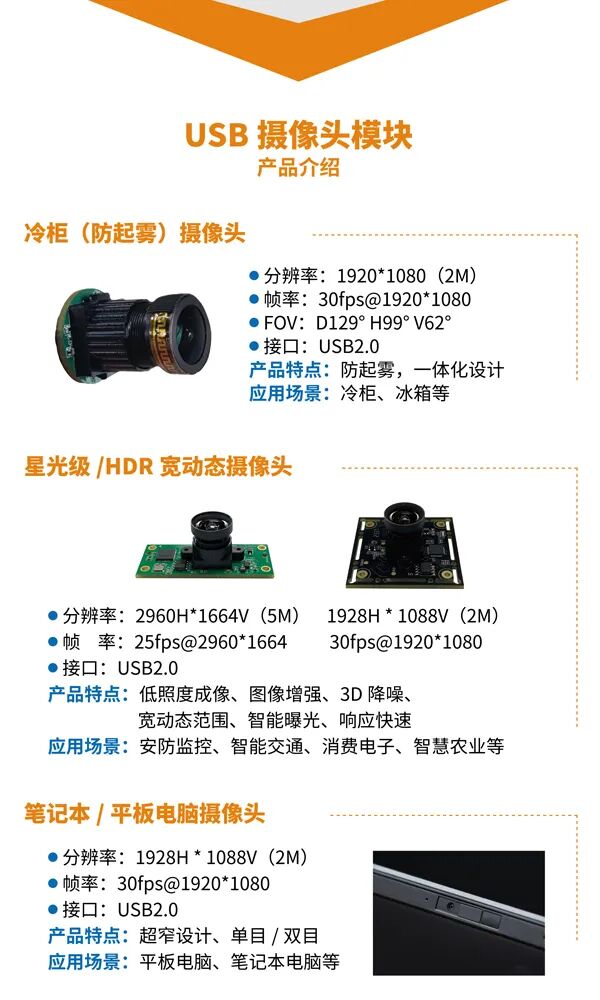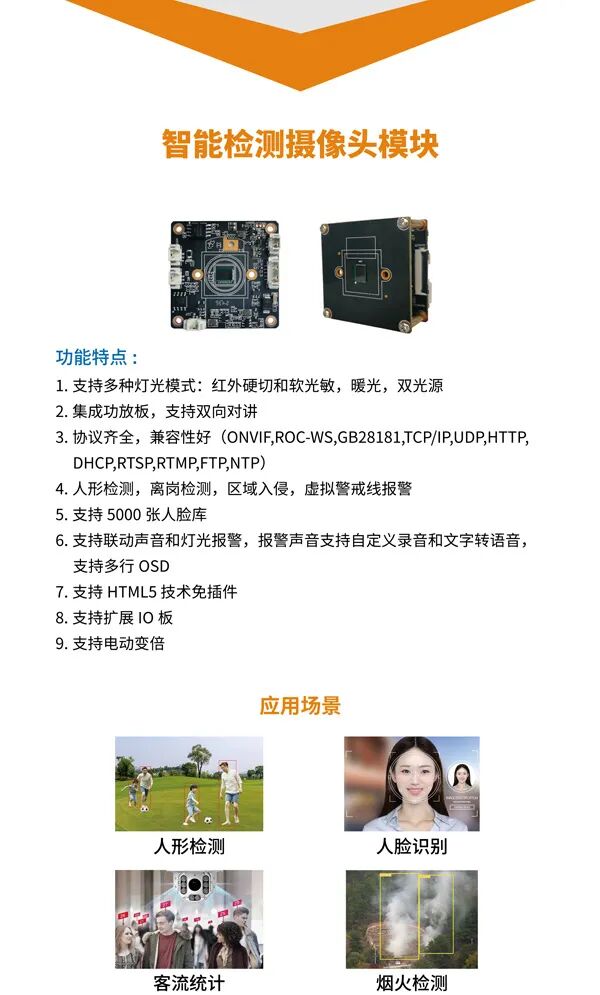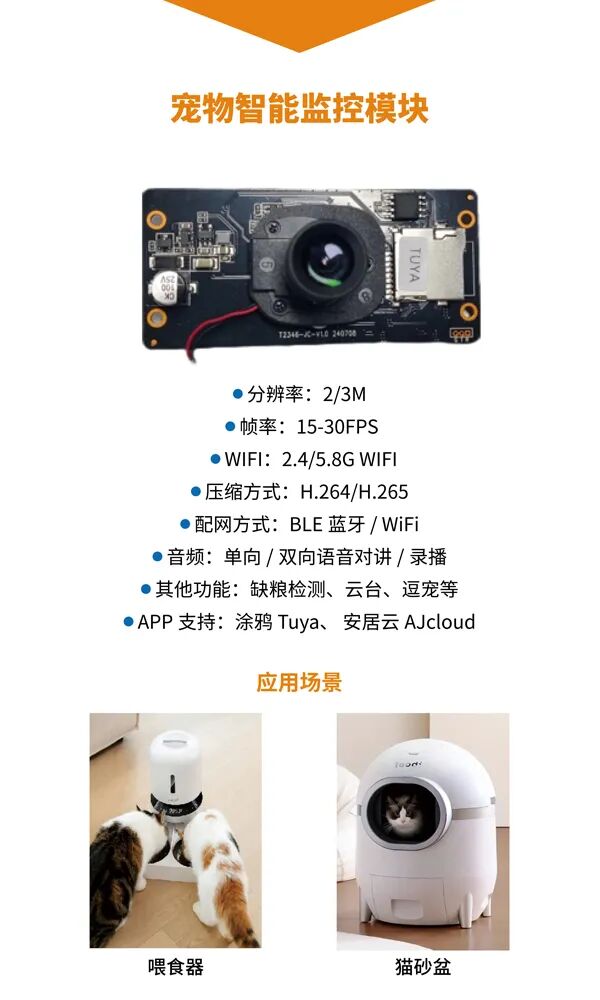The ISP (Image Signal Processor) processing workflow of the camera module is a systematic optimization process for the raw signals output by the image sensor, mainly divided into the following key steps and corresponding functional modules:


1
Energy Perception
Raw Signal Input and Preprocessing
Sensor Signal CaptureCMOS/CCD sensors convert light signals into analog electrical signals and generate raw data in Bayer array format (RAW-RGB) through A/D conversion.
Black Level Correction (BLC)Eliminates sensor dark current noise, ensuring detail retention in dark areas by calibrating offsets and maintaining signal linear consistency.
2
Energy Perception
Optical and Sensor Defect Compensation
Lens Shading CorrectionCompensates for edge brightness decay and color deviation caused by lens optical characteristics.
Bad Pixel Correction (BPC)Detects and repairs bad pixels or abnormal pixels in the sensor to avoid fixed noise points in the image.
3
Energy Perception
Color and Detail Restoration
Demosaicing (CIP)Interpolates single color channels from the Bayer array to restore a full-color RGB image.
Denoising (DNS)Reduces image noise through spatial or temporal filtering algorithms, balancing detail retention and denoising effects.
4
Energy Perception
Color and Brightness Optimization
Automatic White Balance (AWB)Adjusts color temperature based on ambient light sources, ensuring white objects appear natural under different lighting conditions.
Color CorrectionCorrects color deviations caused by sensors or filters, enhancing color reproduction accuracy.
Gamma CorrectionAdjusts the brightness curve to match human visual characteristics, optimizing local and global contrast.
5
Energy Perception
Output and Post-Processing
Color Space ConversionConverts RGB data to standard color spaces like YUV for display, encoding, or transmission.
Dynamic Range Compression and SharpeningPerforms tone mapping for high dynamic scenes and enhances edge clarity through sharpening.
6
Energy Perception
Real-Time Control Algorithms (3A Algorithms)
Automatic Exposure (AE):Dynamically adjusts exposure time and gain to prevent overexposure or underexposure.
Automatic Focus (AF):Achieves precise focusing through contrast or phase detection.
Automatic White Balance (AWB):As mentioned earlier, it runs throughout the color processing stage.
7
Energy Perception
Differences in Workflow Architecture
External ISP:Independent chip processing, high flexibility, suitable for professional imaging equipment.
Built-in ISP:Integrated into SoC, lower cost, commonly found in consumer devices like smartphones.
Energy Perception Camera Module





Contact Us

1

Mr. Huang
130 7782 2537
2

Mr. Huang
134 2897 6107

Follow Us


Search “Energy Perception” on Douyin
You can also follow us on Douyin
